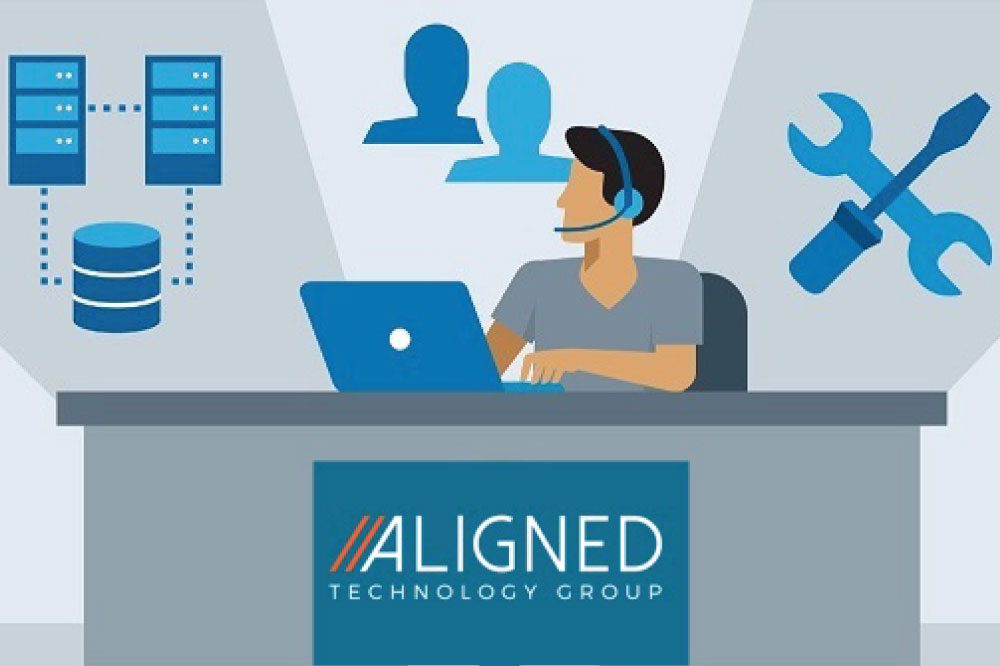
Is your service desk meeting the needs of your business?
Helpdesk Hour
Doesn’t have quite the same ring as happy hour but it will work for the start of this blog. Why, you might ask, are we talking about helpdesk on this lovely Friday afternoon? Well because we are getting a number of requests for help with helpdesk. In the new world we are all operating in, there are some old cracks in the old Op model that are starting to stress enough where we need to pull out something stronger than the duct tape and bubble gum.
Helpdesk is without a doubt a foundational service that every organization must provide their internal and external customers to ensure they are productive and able to do their jobs. In a traditional work from the office environment, it is easy to lean on the IT folks down the hall to fix all of the issues but in this new world of work from home, that isn’t quite as easy as it used to be. Not only are employees stuck with fewer folks to reach over the wall but they are also more reliant than ever on technology to perform their tasks at hand. To make matters worse, employees have extra autonomy and privacy to look for new roles and with that, Key-(wo)man risk is greater than ever. Many organizations are losing their staff to others and having to scramble to get the new employee into the mix to support their team.
What is Normal?
Do you know if your helpdesk is operating at the level it should be? Is today’s good enough really fulfilling the needs of the business. Back 6-7 years ago, Gartner would tell you that the standard Service Desk should see 1.2 tickets per user. With the advancements in ITSM tools, automation & better processes, a quick gut check would say you should be seeing roughly 1 ticket per employee to maintain “standard” case volume today. This is only going to continue to decrease with the increased success of AI & ML in the near future. We can’t wait to share more on that front soon but the idea of resolving tickets before they even occur and shifting left is here.
Next you start shifting over to reviewing your cost per ticket and it starts to get a little more complicated. In the US, the cost per ticket average is all over the place depending on who you ask. We see anything from the teens to hundreds of dollars per ticket. Trying to do your own back of the napkin calculation to see if it makes sense to outsource? Typically, we look at cost per ticket as Agent utilization, Ticket handle time, wage rates, turnover & L1 v L2-3 resolution. You can get a fair feel for how your costs start to stack up when considering these costs in your business.
Why would someone call ATG about helpdesk?
So, why have organizations been calling ATG? Our team is helping these organizations identify the best way to support the helpdesk leveraging outsource service partners who can provide the 24×7 support that they need while also implementing additional best practices, knowledge articles and automation. This level of support for their team can be done at less cost and further enable self service functions. Employees, leadership & the service provider all win in this arrangement and the risks/challenges that these organizations are facing today are eliminated.
Want to dig in even further? There are new resources hitting the market in the AI & ML space that are creating a very exciting opportunity to create self-resilience for the employee while also finally getting the chance to leverage all of that content created inside your organization today. More on that topic coming soon!
Last Updated on June 28, 2024 by Lauryn Colatuno

